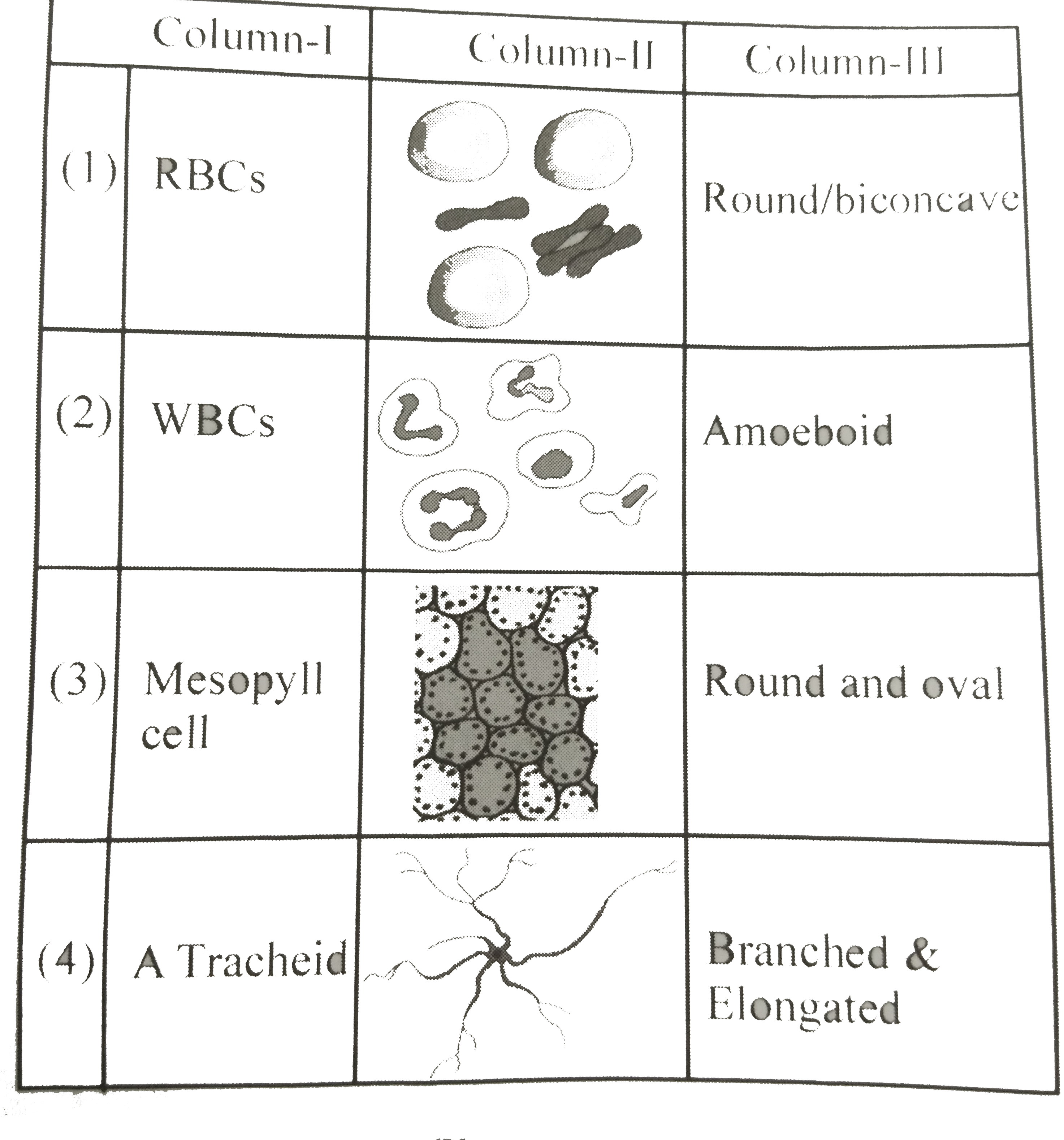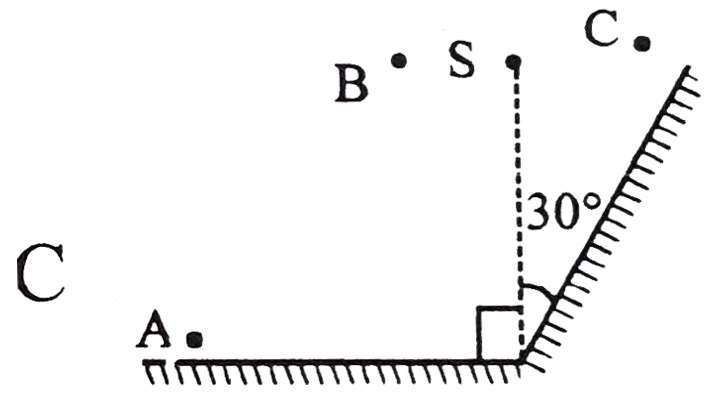A polariod (I) is placed in front of a monochromatic source. Another polariod (II) is placed in front of this polariod (I) and rotated till no light passes. A third polariod (III) is now placed in between (I) and (II), then
Monochromatic unpolarised light incident on the polaroid (I) will emerge out as plane polarised. When another polaroid (II) is placed in front of polaroid (I) such that their axes are inclined at90∘ to each other , no light will be transmitted via polaroid (II).
A third polaroid (III) is now placed in between the polaroids (I) and (II). Only when the pass axis of polaroid (III) is parallel to the pass axis of polaroid (I) or (II), no light will emerge out of polaroid (II). In all other cases, light will emerge from polaroid (II), as pass axis of the polaroid (II) will no longer be at 90∘ to the pass axis of the polaroid (III).
Topper's Solved these Questions
- WAVE OPTICALBOOK - MODERN PUBLICATIONCHAPTER - WAVE OPTICALEXERCISE - NCERT (Exemplar Problems Subjective Questions) (Short Answer Type Questions)
3 Videos
- WAVE OPTICALBOOK - MODERN PUBLICATIONCHAPTER - WAVE OPTICALEXERCISE - Higher Order Thinking Skills & Advanced Level (QUESTIONS WITH ANSWERS)
8 Videos
- WAVE OPTICALBOOK - MODERN PUBLICATIONCHAPTER - WAVE OPTICALEXERCISE - NCERT (EXemplar Problems Obejective Questions) (Multiple Choice Questions (Type-II)
4 Videos
- SEMICONDUCTOR ELECTRONICS METERIALS DEVICES AND SIMPLE CIRCUITS BOOK - MODERN PUBLICATIONCHAPTER - SEMICONDUCTOR ELECTRONICS METERIALS DEVICES AND SIMPLE CIRCUITS EXERCISE - CHAPTER PRACTICE TEST FOR BOARD EXAMINATION
12 Videos
Similar Questions
A polariod (I) is placed infront of a monochromatic source. Another polariod (II) is placed in front of this polaroid (I) and rotated till no light passes. A third polaroid (III) is now placed in between (I) and (II). In this case, wil light emerge from (II) . Explain.
View SolutionIncorrect match between column-I, II and III

View Solution
Knowledge Check
A point source of light is placed in front of a plane mirror.
AAll the reflected rays meets at a point when produced backwardBony the reflected rays close to the normal meet at a point when produced backwardCony the reflected rays making a smal angle with the mirror meet at point when prodced backward.Dlight of different colours make different imagesPb has been placed in groups I and II because
AIt shows the valency of one and twoBIt is partly soluble in H2OCIt forms insoluble PnCI2DIt from lead sulphideLead has been placed in the group I and II because
Ait shows the valency of one and twoBit forms insoluble PbCl2Cit forms lead sulphideDit is partially soluble in water
A polaroid is placed at 45∘ to an incoming light of intensity I0. Now the intensity of light passing through polaroid after polarisation would be
View SolutionA polaroid is placed at 45∘ to an incoming light of intensity I0. Now the intensity of light passing through polaroid after polarisation would be
View SolutionA point source of lightS is placed in front of two large mirros as shown .Which of the following observes will see only one image of S?

View SolutionUnpolarised light of intensity I passes through an ideal polariser A. Another identical polariser B is placed behind A. The intensity of light beyond B is found to be I2. Now another identical poariser C is placed between A and B. The intensity beyond B is now found to be I8. The angle between polariser A and C is :
View SolutionUnpolarised light of intensity I passes through an ideal polariser A. Another identical polariser B is placed behind A. The intensity of light beyond B is found to be I2. Now another identical polariser C is placed between A and B. The intensity beyond B is now found to be I8 . the angle between polariser A and C is
View Solution
